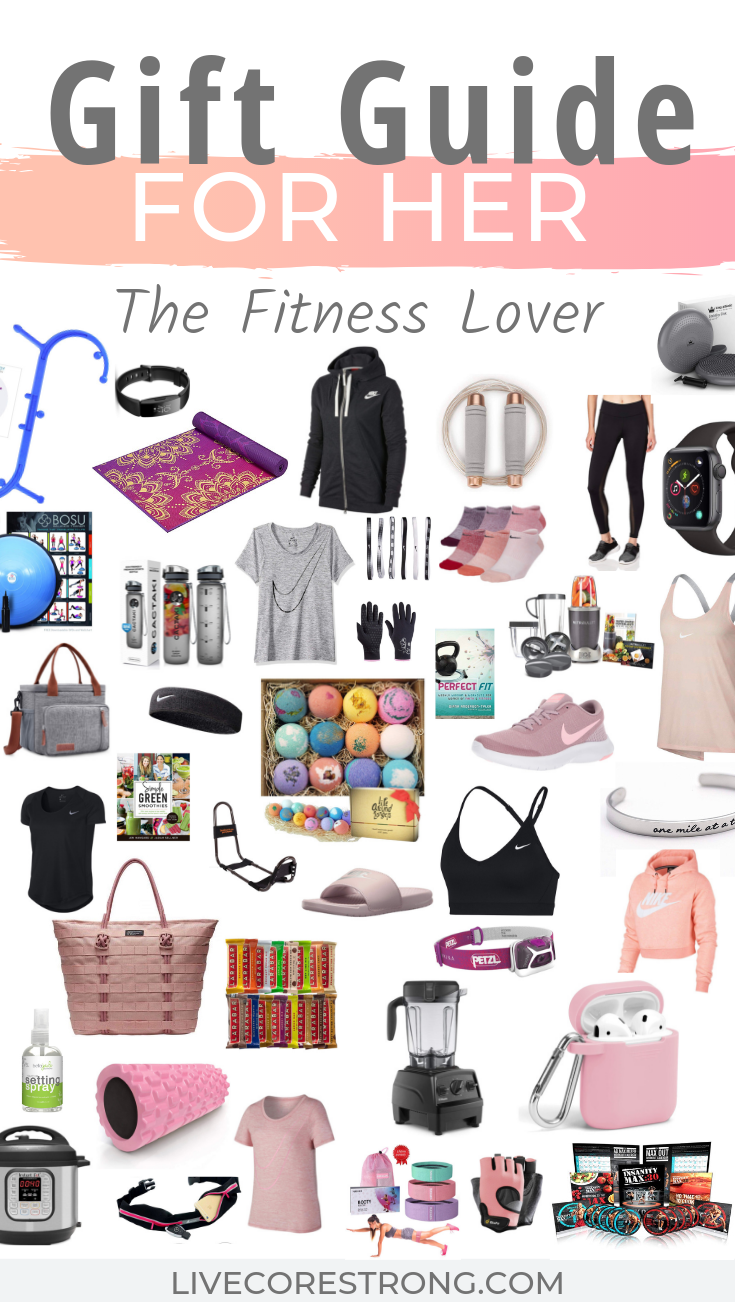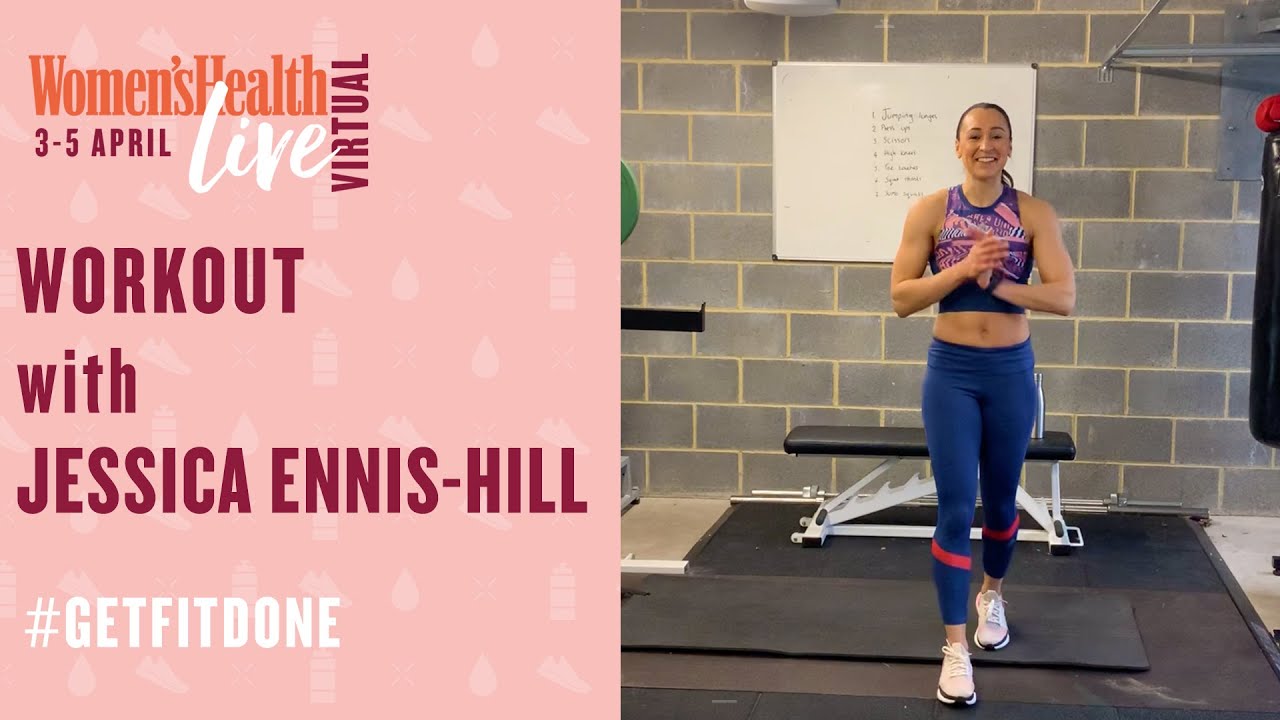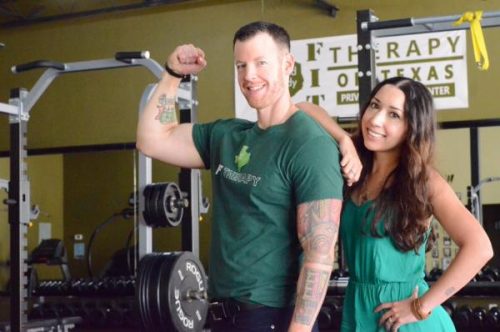
A full body workout can increase your fitness levels and help build strong muscle mass. There are many benefits of full body exercises, including the fact that they can be completed in just half an hour or less. By targeting multiple muscles at once, a full body workout can help you reach your fitness goals. This is one of the best ways to get a complete body workout. It improves your musculature strength and tensegrity.
Squats provide a full body workout that targets a wide variety of muscle groups. Squats focus on the back, shoulders, and core. Squats can be done at any time, even during lunch. All you need to do is pull your shoulders, butts, and hips back while keeping your thighs parallel to the floor. As you lower your body, make sure to support your feet with your heels.

The burpee is another great full body exercise. The entire body will be targeted, with the legs striking the ground hard. It will also stimulate the core, upper body and upper back. It will get your heart rate going even when you're just sitting. The rower is a great choice for HIIT or low intensity steady sessions. They also work the lower body and increase your overall strength. You can do many different types of exercises using a rower.
Squats provide a great way to work your whole body and can be done anywhere. They are a great way of getting in shape, and to burn calories. They are also easy to do anywhere. They are great for general exercise as well as warm-up. A full body workout can be done in almost any environment. Here are some great full-body exercises. Make sure to exercise safely in order to avoid injury.
The pullup is a great exercise that you can do to strengthen your entire body. You can strengthen every muscle with the pull up. It can be used to strengthen your whole body, including your legs. In addition, it will work the entire abs and burn fat as well. A home workout is possible if you are looking for a total-body workout. This is a great way to improve your fitness and build a well-rounded physique.

The best exercises for your whole body will target multiple muscle group and help you build strength. Push-ups are great for building strength and control. If you can do these exercises correctly, it will help you burn fat and increase muscle mass. It will give you a strong core and a full body workout. It will tone and improve the health of your whole body.
FAQ
Why does weight change as we age?
How do I know if my bodyweight changes?
Weight loss happens when there is less muscle mass and more fat. This means that daily energy needs must be greater than the calories consumed. The most common cause of weight loss is decreased activity levels. Other factors include stress, illness and pregnancy. If there is more body fat than muscle mass, then weight gain can occur. It happens when people eat more calories than they use during a given day. Common reasons include overeating, increased physical activity, and hormonal changes.
Our bodies lose weight because we eat fewer calories than we burn. By exercising regularly, our metabolism rates increase which in turn burns more calories during the day. But this doesn't guarantee that we'll lose weight. All that matters is whether we're losing weight or gaining muscles. Weight loss is possible if you burn more calories than you consume. But, if we consume far more calories than what we burn, then we actually store them as fat.
As we age, our ability to move around is slower and we are less mobile. We also tend not to eat as much food as we used to when we were younger. Also, we are more likely to gain weight. We also tend to look larger because we have more muscle.
It's not possible to measure how much weight your body has lost without weighing yourself every week. There are many options for measuring your weight. There are many ways to measure your weight. You can check your waist, hips, thighs, arms and legs. Some people prefer to use a bathroom scale while others prefer to measure with tape.
You can track your progress by weighing yourself at least once per week and measuring your waistline every month. To track your progress, you can also take photos every few months of yourself to see how far it has come.
You can also find out how much you weigh by looking up your height and weight online. If you're tall at 5'10", and weigh 180lbs, your weight would be 180.
What should I eat?
Get lots of fruits & vegetables. These vegetables and fruits are rich in vitamins and minerals that will keep your immune system strong. Additionally, vegetables and fruits are high fiber. This helps with digestion and keeps them full. Try to include at least five servings of fruit and veg per day.
Make sure you drink plenty of water too. Water flushes toxins from the body and gives you a full feeling between meals. Drink about eight glasses each day.
Refined grains should be replaced with whole grains. Whole grains retain all nutrients including B vitamins, iron and zinc as well as calcium, magnesium, calcium, protein, and magnesium. Some nutrients have been removed from refined grains.
Avoid sugary beverages. Sugary drinks are full of empty calories and lead to obesity. Instead, choose water, milk, and unsweetened tea.
Avoid fast food. Fast food is low in nutritional value. Fast food may be delicious, but it will not give you the energy that you need to perform your tasks properly. Instead, stick to healthier options such salads and soups as well sandwiches and pasta.
Limit alcohol intake. You can reduce your intake of alcohol by limiting the amount of empty calories. Limit your intake of alcohol to two drinks per week.
Red meats should be avoided. Red meats can be high in cholesterol and saturated fat. Lean cuts of beef or pork, lamb and chicken, as well as fish, are better choices.
What are the 7 tips to have a healthy life?
-
Take care of your health
-
Exercise regularly
-
Sleep well
-
Get plenty of water.
-
Get enough sleep
-
Be happy
-
Smile often.
What is the difference between sugar and fat?
Fat is an energy source that comes from food. Sugar is a sweet, naturally occurring substance in fruits and vegetables. Both fats as well as sugars contain the same amount of calories. Fats have twice the calories of sugars, however.
Fats can be stored in the body, which can lead to obesity. They can cause cholesterol buildup, which can lead you to heart attacks and strokes.
Sugars are quickly absorbed by the body and provide instant energy. This causes blood glucose levels rise. High blood glucose levels can pose a danger because they increase the chance of developing type II Diabetes.
What are 10 healthy behaviors?
-
Have breakfast every day.
-
Don't skip meals.
-
Keep a balanced diet.
-
Get plenty of water.
-
Take care your body.
-
Get enough sleep.
-
Avoid junk foods.
-
Do some form of exercise daily.
-
Have fun
-
Make new friends.
What is the difference between calories and kilocalories in food?
Calories measure the energy content of food. A calorie is a unit of measure. One calorie is the amount of energy required to heat one gram water one degree Celsius.
Kilocalories refer to calories in another term. Kilocalories can be measured in thousandsths of one calorie. 1000 calories equals 1 kilocalorie.
What is the difference between a virus and a bacterium?
A virus is an organism microscopic that can't reproduce outside its host cells. A bacterium, a single-celled organism, reproduces by splitting into two. Viruses measure only 20 nanometers in diameter, but bacteria is up to 1 millimeter in size.
Viruses are usually spread through contact with infected bodily fluids, including saliva, urine, semen, vaginal secretions, pus, and feces. Bacteria can be spread by direct contact with infected objects and surfaces.
Viral infections can be transmitted through skin cuts, scrapes and bites. They can also penetrate the skin through the eyes, nose or mouth.
Bacteria may enter our bodies through cuts and scrapes on our skin, burns, insect bites, and other wounds. They can also get into our bodies via food, water or soil.
Both bacteria as well as viruses can cause illness. Viruses cannot multiply in their host cells. They only cause disease when they infect living tissue.
Bacteria can spread within the host and cause illness. They can spread to other parts of our bodies. To kill them, we must use antibiotics.
Statistics
- In both adults and children, the intake of free sugars should be reduced to less than 10% of total energy intake. (who.int)
- The Dietary Guidelines for Americans recommend keeping added sugar intake below 10% of your daily calorie intake, while the World Health Organization recommends slashing added sugars to 5% or less of your daily calories for optimal health (59Trusted (healthline.com)
- According to the 2020 Dietary Guidelines for Americans, a balanced diet high in fruits and vegetables, lean protein, low-fat dairy and whole grains is needed for optimal energy. (mayoclinichealthsystem.org)
- WHO recommends reducing saturated fats to less than 10% of total energy intake; reducing trans-fats to less than 1% of total energy intake; and replacing both saturated fats and trans-fats to unsaturated fats. (who.int)
External Links
How To
How to keep yourself motivated to exercise and eat well
Healthy living: Motivational tips
Motivational Tips for Staying Healthy
-
Make a list of your goals
-
Realistic goals
-
Be consistent
-
When you reach your goal, reward yourself
-
Even if you make a mistake, don't quit!
-
Have fun